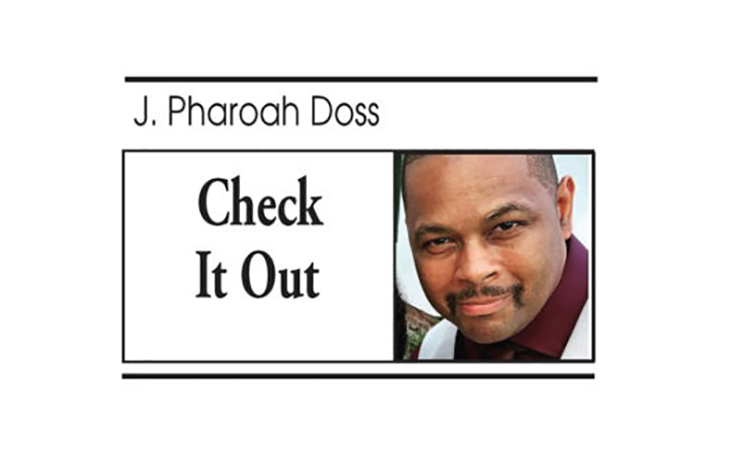COLEMAN HUGHES
Monnica T. Williams, a University of Ottawa professor, published an article in Psychology Today titled Colorblind Ideology Is a Form of Racism in 2012.
Williams argued that colorblindness tries to put into practice MLK’s famous dictum that we should judge individuals by their character rather than their skin color. This sounds good, but colorblindness is not sufficient to heal racial wounds. Colorblindness allows White people to disregard racism. It also ignores people of color’s negative experiences, rejects their racial heritage, and invalidates their individuality by refusing to see their color.
In 2014, Mellody Hobson, an investment specialist, gave a TED Talk titled Colorblind or Color Brave. (TED Talks are brief lectures on a variety of topics.) According to Hobson, Americans need to have a serious discourse about racial inequality. To do so, Americans can’t be colorblind; they have to be color brave.
The problem here is that Williams and Hobson condemned a literal version of colorblindness, which supporters of the true “colorblind principle” have never advocated.
The “colorblind principle” was first articulated by Supreme Court Justice John Marshall Harlan in his 1896 dissenting opinion in Plessy v. Ferguson, which legalized racial segregation. Harlan contended that the United States Constitution is “colorblind.” Skin color or race are not legitimate grounds to make political or legal distinctions among citizens because that violates the principle of equal protection under the law.

Clearly, Harlan employs the phrase “colorblind” metaphorically, implying that the law or social policy should regard persons as citizens rather than members of racial groups. MLK’s famous dictum echoes Harlan because MLK was dealing with the consequences of the Plessy decision. The “colorblind principle” never imagined a society where racial or ethnic heritage would be disregarded or erased.
However, another Supreme Court Justice’s argument led to the rejection of the “colorblind principle.” In the 1976 Bakke v. California ruling, which upheld affirmative action, Justice Harry A. Blackmun stated, “In order to get beyond racism, we must first take account of race. There is no other way. And in order to treat some persons equally, we must first treat some people differently.”
Affirmative action supporters recognized that the “Blackmun principle” rejected Harlan’s idea that the constitution should be colorblind and allowed for social policy that offers preferential treatment to victims of past and present discrimination. Therefore, affirmative action supporters sought to delegitimize “colorblindness” because the “colorblind principle” threatened the constitutionality of affirmative action, as preferential treatment relied on considering “race.”
This was accomplished by using the term “colorblind” literally, asserting that the “colorblind principle” failed to see diverse cultural backgrounds and was ineffective in addressing the consequences of historical discrimination.
For more than a quarter century, literal “colorblindness” has been the dominant perspective. That is why it was mentioned in a TED talk in 2014. In April 2023, two months before the Supreme Court repealed affirmative action, Coleman Hughes, a podcaster and writer whose future book is about colorblindness, delivered a TED Talk. Hughes decided to defend the “colorblind principle,” or, in his words, the idea that we should treat people without regard to race, both in our personal lives and in public policy.
Hughes stated, “The majority of Americans believe that color-blind policies are the right approach to governing a racially diverse society. We live in a strange moment in which many of our elite believe color blindness is a Trojan horse for White supremacy. Taking that viewpoint seriously—while ultimately refuting it—was the express purpose of my talk.”
This was perfect timing. The public expected the conservative Supreme Court to overturn affirmative action soon, and since TED had already presented the dangers of literal “colorblindness,” it was time for TED to have a speaker defend the actual “colorblind principle” that affirmative action proponents had discredited for decades.
Hughes stated that the talk went well, but the next day the head of TED notified him that an employee resource group named Black@TED—described on TED’s website as an “employee resource group that exists to provide a safe space for TED staff who identify as Black”—was upset by his talk.
When TED scheduled a meeting with audience members to express input, they instantly condemned Hughes’s talk as racist, harmful, and irresponsible. Afterwards, the head of TED informed Hughes that “some internally” were arguing against the release of his TED Talk, and a “well-known” social scientist claimed that Hughes delivered an incorrect message because research showed that color-conscious methods reduce prejudice and discrimination, while color-blind approaches fail to help and often have negative consequences.
The problem here is that the social scientist compared color-conscious methods with literal colorblindness, which is not the actual “colorblind principle.” More importantly, the “colorblind principle” was not originally conceived to heal racial wounds; it coincided with the principle of equal protection under the law to prevent the creation of second-class citizens.
Hughes had to agree to participate in a debate so that an expert could respond to his controversial colorblind beliefs, and TED would then release Hughes’ TED talk alongside the debate.
Later, Hughes realized that none of this was done to amplify his message; it was done to dilute it. TED Talks are touted as “ideas worth spreading,” but the ideas must not be too threatening.

